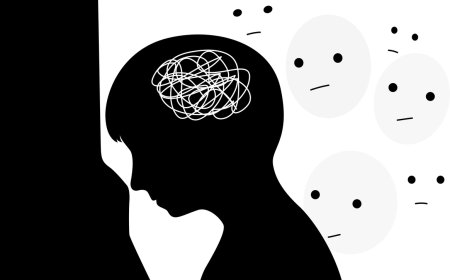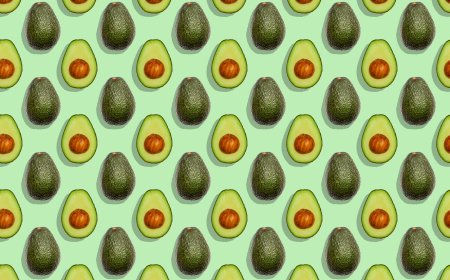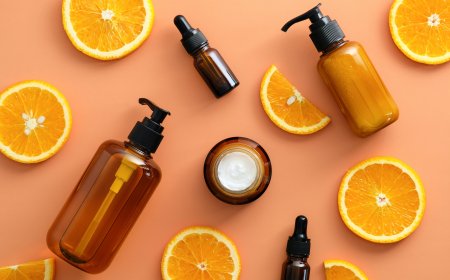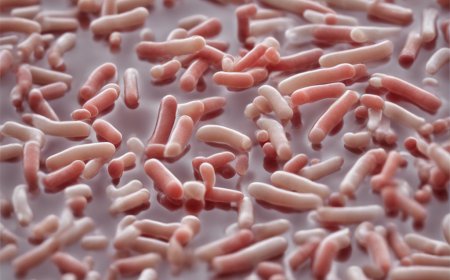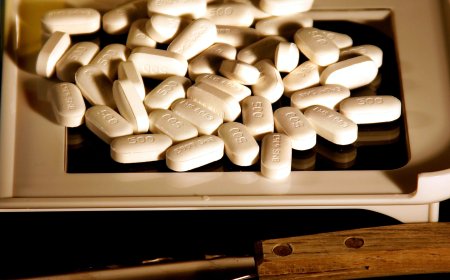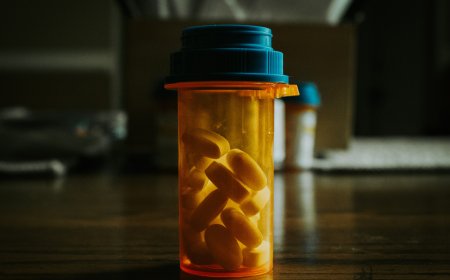Hidden Chemical Additives in Restaurant Food That May Affect Your Health
What's Really in Your Meal? Exploring the Side Effects of Chemical Additives in Restaurant Food

Fast food often contains a variety of chemical additives to enhance taste, preserve freshness, accelerate cooking, and improve texture. Here are some common types of substances added to fast food for these purposes and their possible side effect on human:
-
Flavor Enhancers:
- Monosodium Glutamate (MSG): Can cause headaches and flushing in sensitive individuals. Example: Often found in flavored potato chips and fast food Chinese dishes.
- Disodium Inosinate and Disodium Guanylate: Typically safe; may cause mild symptoms in people sensitive to MSG. Example: Used in combination with MSG in many instant noodle flavors.
-
Preservatives:
- Sodium Benzoate: Linked to hyperactivity in children; can react with vitamin C to form benzene. Example: Common in acidic foods like salad dressings and carbonated drinks.
- Potassium Sorbate: May cause allergies and skin irritation. Example: Used in items like cheese pizzas to inhibit mold and yeast growth.
- Calcium Propionate: Can cause irritability and restlessness in some children. Example: Found in commercially baked breads and pastries.
-
Color Additives:
- Tartrazine (Yellow No. 5): Can cause allergic reactions and hyperactivity; may trigger asthma. Example: Used in candies, soft drinks, and even some processed snacks.
- Allura Red (Red No. 40): Linked to hyperactivity in children; potential carcinogenicity. Example: Found in desserts, candy, and certain breakfast cereals.
-
Texture Agents:
- Xanthan Gum: Generally safe, but can cause gas or bloating. Example: Used in sauces and salad dressings to improve texture.
- Lecithin: Usually safe, some may experience gastrointestinal symptoms. Example: Common in creamy, fatty food items like some chocolate bars and margarines.
-
Sweeteners:
- High Fructose Corn Syrup (HFCS): Associated with obesity and cardiovascular diseases. Example: Found in many sodas, salad dressings, and sweetened yogurts.
- Aspartame: Linked to headaches and potential neurological effects. Example: Used in diet sodas and low-calorie yogurts.
-
Acidity Regulators:
- Citric Acid: Safe generally, but can cause stomach upset and enamel erosion. Example: Present in fruit-flavored beverages and candies.
- Phosphoric Acid: May lower bone density; present in high amounts in cola drinks.
-
Leavening Agents:
- Baking Soda (Sodium Bicarbonate): Safe in moderate amounts; excessive consumption can cause alkalosis. Example: Used in cakes and cookies.
- Aluminum Phosphate: Potential links to bone health issues and concerns about neurodegenerative diseases. Example: Found in commercially prepared pancakes and quick bread mixes.
-
Trans Fats:
- Partially Hydrogenated Oils: Linked to heart disease and diabetes. Example: Previously common in fast food fries and baked goods, though many brands are phasing them out.
-
Antioxidants:
- Butylated Hydroxyanisole (BHA): Possible carcinogen. Example: Used in potato chips and preserved meats to prevent rancidity.
- Butylated Hydroxytoluene (BHT): Some carcinogenic concerns. Example: Found in cereals and snack foods to extend shelf life.
What's Your Reaction?
























